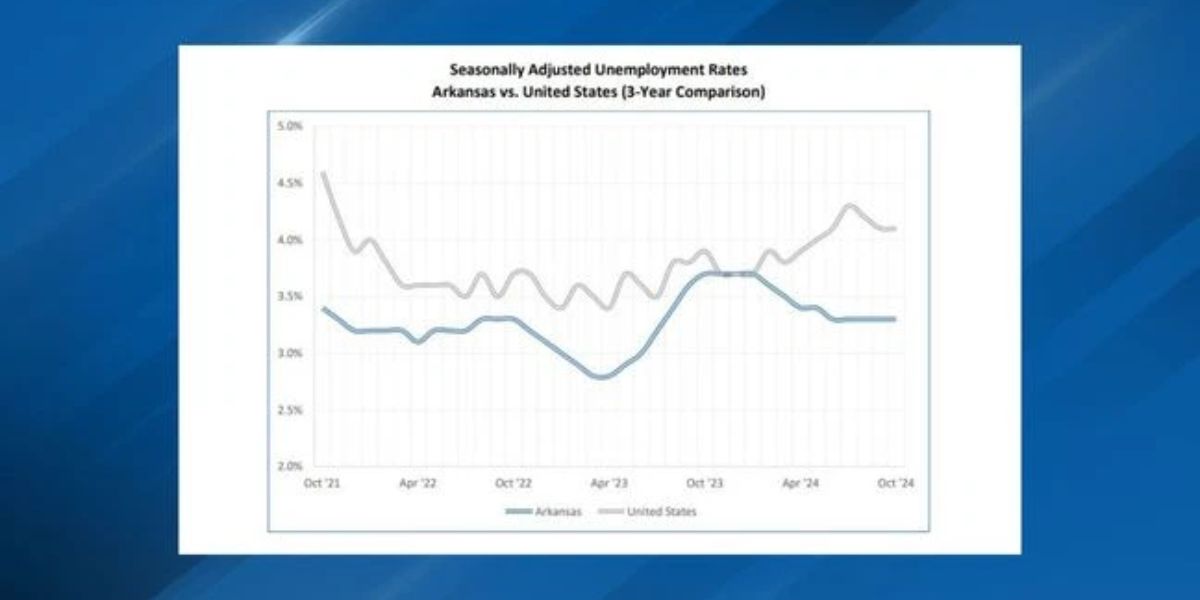Social Security spousal benefits can provide valuable financial support in retirement, but not everyone who applies is approved.
In fact, many people are denied because of simple, preventable mistakes or misunderstandings about the rules. If you’re counting on receiving benefits based on your spouse’s work record, it’s crucial to know the requirements — and how to avoid common pitfalls.
Here are some of the most frequent mistakes that could lead to denial, and how you can steer clear of them:
1. Applying Too Early
You can begin collecting spousal benefits as early as age 62, but doing so before reaching your full retirement age (FRA) will reduce your monthly payment. Worse, if your spouse hasn’t filed for their own benefits yet, you won’t be eligible to file at all — regardless of your age.
Avoid it: Wait until your spouse begins collecting their Social Security, and consider holding off until your full retirement age to receive the maximum spousal benefit.
2. Not Meeting the 1-Year Marriage Requirement
To qualify for spousal benefits, you must have been married to your current spouse for at least one year. If your marriage is more recent, your application will likely be denied.
Avoid it: Make sure you’ve met the one-year minimum marriage duration before applying — and be prepared to show documentation.
3. Assuming You’re Ineligible After Divorce
Many people don’t realize that ex-spouses may still qualify for spousal benefits. If you were married for at least 10 years, are currently unmarried, and your ex-spouse is eligible for Social Security, you may be entitled to a benefit based on their record.
Avoid it: Know your rights — even after divorce. Just make sure you meet the 10-year marriage requirement and aren’t remarried.
4. Filing Without Knowing Your Spouse’s Work History
Your spousal benefit is based on your spouse’s (or ex-spouse’s) Social Security earnings record. If they haven’t worked enough or contributed to Social Security for the required 40 quarters (about 10 years), you won’t be eligible for spousal benefits based on their record.
Avoid it: Confirm that your spouse qualifies for Social Security before filing for benefits based on their earnings.
5. Remarrying Too Soon After a Divorce or Widowhood
If you’re widowed or divorced and then remarry before age 60 (or age 50 if disabled), you may lose eligibility for spousal or survivor benefits tied to your previous marriage.
Avoid it: Be mindful of how the timing of remarriage can affect your benefit eligibility. Sometimes, waiting until age 60 can preserve access to survivor benefits.
6. Earning Too Much While Collecting Early Benefits
If you start collecting spousal benefits before your full retirement age and continue working, you may be subject to the Social Security earnings limit. Earning too much can cause your benefits to be reduced or withheld.
Avoid it: If you plan to work while receiving benefits, track your earnings carefully and understand how they affect your monthly check.
7. Not Understanding Dual Entitlement Rules
If you qualify for benefits based on your own work history and your spouse’s, Social Security doesn’t pay you both in full. Instead, you’ll receive the higher of the two — your own or a partial spousal benefit to make up the difference.
Avoid it: Don’t expect to receive both your full retirement and full spousal benefits. Learn how the offset works so you’re not caught off guard.
Spousal Social Security benefits can play a major role in your retirement planning, but only if you qualify — and avoid common mistakes that could disqualify you.
By understanding the rules, timing your application correctly, and staying informed about your (or your spouse’s) eligibility, you can avoid unpleasant surprises and maximize what you’re owed.




